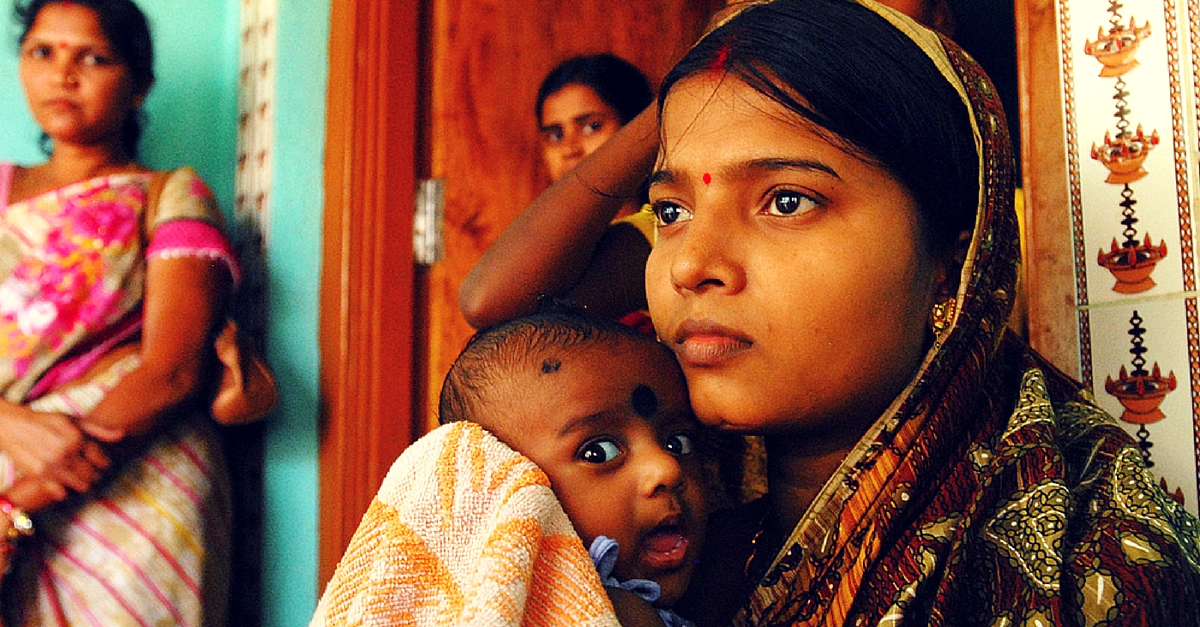It’s Finally Happened! After Polio, India Declared Maternal and Neonatal Tetanus Free by WHO
After years of struggle and many mothers and newborns losing their life to maternal and neonatal tetanus, India has finally been declared free of this infection by WHO. Three cheers to the better health of the country.

After years of struggle and many mothers and newborns losing their life to maternal and neonatal tetanus, India has finally been declared free of this infection by WHO. Three cheers to the better health of the country.
Newborn children and their mothers are at the highest risk of infections just after the delivery. And Tetanus, which majorly occurs due to an open wound in the body, is one of the biggest reasons behind maternal and newborn mortality.
As per WHO, about 787,000 newborns worldwide, died because of neonatal tetanus in 1988. Reports also say that maternal and neonatal tetanus (MNT) was responsible for the deaths of an estimated two lakh adults and children every year in India, when the infection was at its peak. But the figures have been constantly decreasing with help of aggressive medical intervention and introduction of ASHAs (Accredited social health activists).
Coming a long way from the previous situation, India achieved a huge success recently, when WHO declared that mothers and newborns are now free from tetanus at the time of birth in the country. Thus, India has been declared maternal and neonatal tetanus free.
Photo: DFID/Flickr
Prime Minister Narendra Modi made this announcement on Thursday, at the inauguration of the Call to Action Summit 2015 — which is an initiative to reduce child and maternal deaths across the world. He described this achievement as yet another milestone for India.
India’s infant mortality rate (IMR) stands at 40 while the maternal mortality rate (MMR) stands at 167, which is far less when compared to that in 1990 when the IMR was 380, and MMR was 540.
Another remarkable point here is that the global target date for elimination of MNT was December 2015, but we have achieved the milestone much before the deadline.
Like this story? Or have something to share? Write to us: [email protected], or connect with us on Facebook and Twitter (@thebetterindia).
If you found our stories insightful, informative, or even just enjoyable, we invite you to consider making a voluntary payment to support the work we do at The Better India. Your contribution helps us continue producing quality content that educates, inspires, and drives positive change.
Choose one of the payment options below for your contribution-
By paying for the stories you value, you directly contribute to sustaining our efforts focused on making a difference in the world. Together, let’s ensure that impactful stories continue to be told and shared, enriching lives and communities alike.
Thank you for your support. Here are some frequently asked questions you might find helpful to know why you are contributing?


This story made me
-
97
-
121
-
89
-
167














